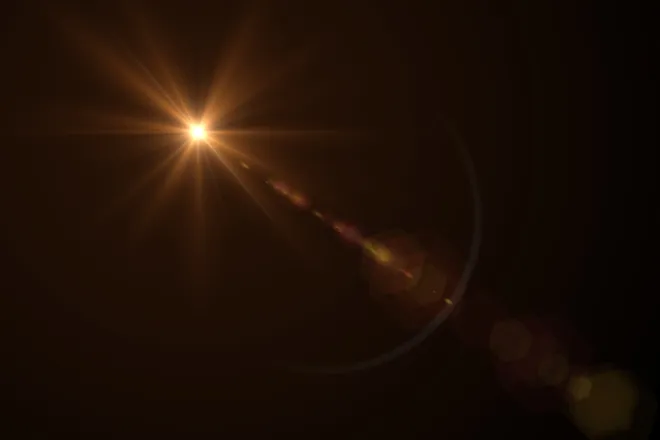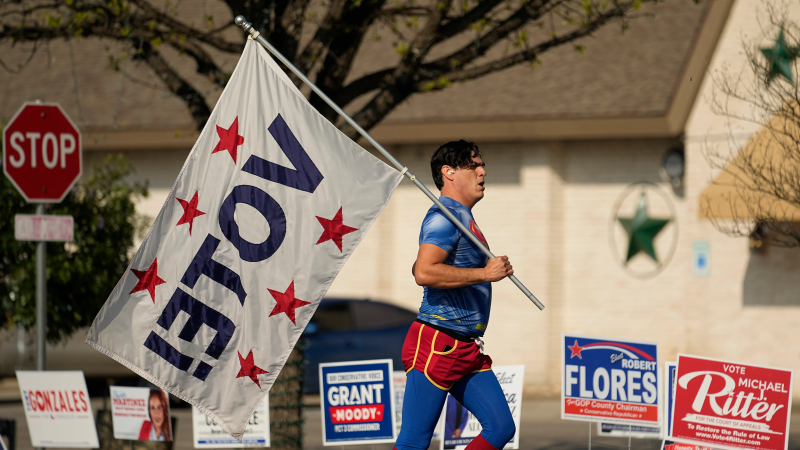Daylight saving time change won't impact every American, why some states choose to stay behind
With daylight saving time right around the corner, most of the country is gearing up to have even more hours of daylight starting Sunday. But not everyone is set to spring forward.
There are a few places, including Arizona and Hawaii, that do not observe the time change that will have hundreds of millions of Americans adjusting clocks to account for the hour lost, USA TODAY previously reported.
The reasons why vary, as some have opted out due to factors related to respective environment or geography.
Here’s what we know.

What is daylight saving time?
Daylight saving time is a twice-annual time change that occurs between March and November.
Clocks are adjusted by one hour twice a year, with many Americans adjusting clocks in March to account for the hour lost and adjusting in November to account for the hour gained, according to previous USA TODAY reporting.
We accommodate for more daylight in the summer evenings in March and accommodate for more daylight in the mornings in November, USA TODAY reported.
How long does daylight saving time last?
The time change last months, depending whether we are falling back or springing forward.

This year, daylight saving time will end on Sunday, Nov. 3, at 2 a.m. local time and won’t pick up again until Sunday, March 9, 2025, USA TODAY reported.
What states do not observe daylight saving time?
Hawaii and Arizona (with the exception of the Navajo Nation) do not participate in daylight saving time.
There are also five other U.S. territories that do not participate, either.
- American Samoa
- Guam
- Northern Mariana Islands
- Puerto Rico
- U.S. Virgin Islands
Why don’t these regions observe daylight saving time?
There is more than plenty of sunshine in these regions to spare, with legislators citing Arizona’s desert climate and Hawaii’s proximity to the equator as reasons to remain on standard time.
After most of the U.S. adopted the Uniform Time Act, Arizona figured that there wasn't a good reason to adjust clocks to make sunset occur an hour later during the hottest months of the year, according to previous USA TODAY reporting.
Hawaii also does not observe the time change since there is not a lot of variance between hours of daylight during the year, USA TODAY reported.
The relative position of American Samoa, Guam, the Northern Mariana Islands, Puerto Rico and the U.S. Virgin Islands to the equator may be the reason why daylight-saving time is not observed there, either.

Disclaimer: The copyright of this article belongs to the original author. Reposting this article is solely for the purpose of information dissemination and does not constitute any investment advice. If there is any infringement, please contact us immediately. We will make corrections or deletions as necessary. Thank you.





